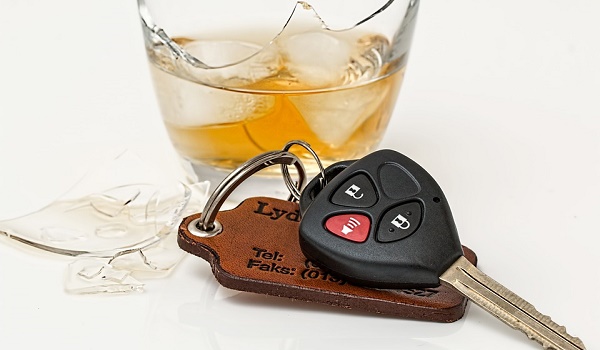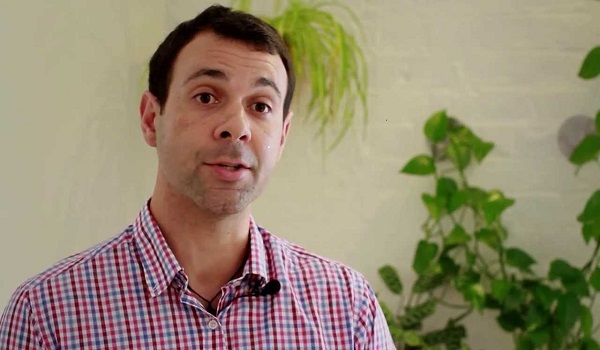Road fatalities stagnate while casualties are at 'lowest on record'
The number of pedestrians killed by motor vehicles has hit its highest level in nine years, according to figures from the Department for Transport (DfT).
There were 1,793 people killed in reported road traffic incidents in the UK in the past year, just one more than 2016. However, compared with 2007 figures (2,946), it represents a 39 per cent drop.
And there were 170,993 casualties of all severities on UK roads last year – six per cent down from 2016 and the lowest level on record.
Road safety charity Brake said the recent stagnation of road safety performance coincides with the number of traffic officers falling by almost 25 per cent between 2012 and 2017.
When the fatality figures were broken down by road user, the DfT revealed that 787 car users died last year – a fall of four per cent on 2016 – and 101 cyclists died – a decrease of one per cent.
And there was a five per cent increase on the number of pedestrian fatalities last year (470), while 349 motorcyclists died on UK roads – a rise of nine per cent.
More than a quarter (27 per cent) of those that died during car collisions in 2017 were not wearing a seatbelt – the highest number since records began.
As a result, the DfT’s ‘Think!’ road safety campaign will focus on teaching young people about the importance of wearing a seatbelt.
A DfT spokesperson said: “The number of deaths where people were not wearing a seatbelt is shocking.
“Up to one in four deaths in a car could have been prevented by simply plugging in before moving.”
Since 2015, the number of seriously injured casualties in reported road traffic accidents has increased from 22,144 to 24,101 in 2016 and 24,831 last year.
However, the Department for Transport has attributed this to disparities in forces making changes to their severity reporting.
Joshua Harris, director of campaigns for Brake, said: “Our laws are only as strong as their enforcement and roads policing is fundamental to improving UK road safety. Shockingly, the number of traffic officers fell 24 per cent from 2012 to 2017 and the stagnation in road safety performance shadows this trend. We urge the Government to make roads policing a national investment priority, with a visible police presence catching and deterring illegal driving and cameras preventing the scourge of speeding.”
He added: “Our most vulnerable road users, pedestrians, cyclists and motorcyclists, remain at dangerously high risk on our roads, paying the price for the dominance of the motorcar in our lives.
“Pedestrian deaths increased to their highest level this decade while motorcyclists now account for nearly a fifth of all road deaths, despite their small numbers. The Government must invest in active travel to give people safe and healthy ways to get around and focus on improving the safety of our roads – starting with lower speed limits.”
Association of Police and Crime Commissioners road safety lead Alison Hernandez added: “British roads are still among the safest in the world, but we must not be complacent.
“Life and health should not be compromised by our need to travel and no level of death or serious injury is acceptable on our roads.
“I welcome the fact that the Government is developing a new road safety action plan focusing on young drivers, older vulnerable users, motorcyclists and rural road users.
“It’s important that we now progress the next phase of that work to ensure that education and enforcement play their parts in improving these figures.”







